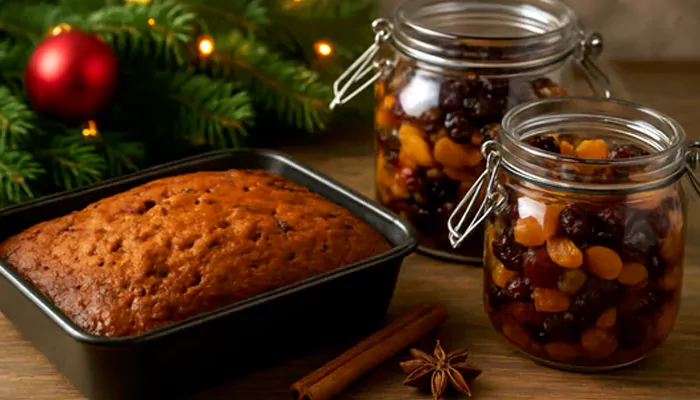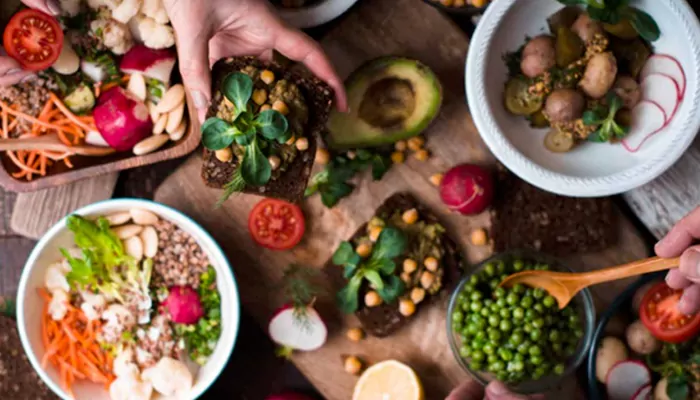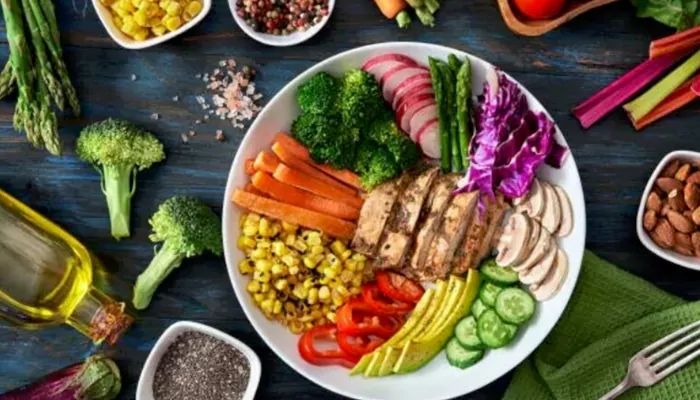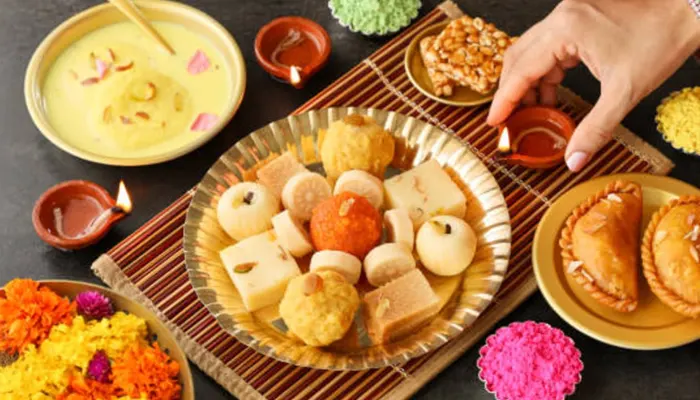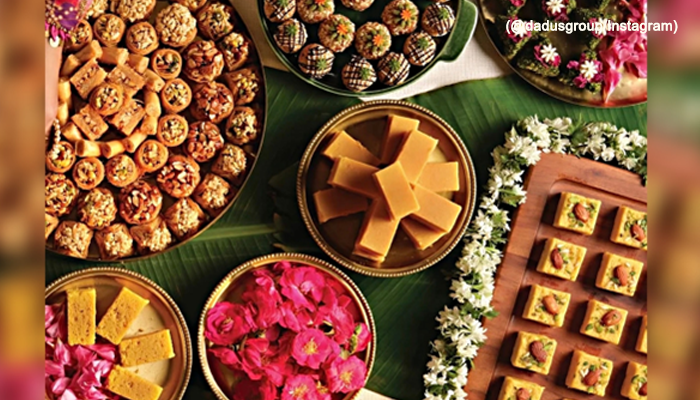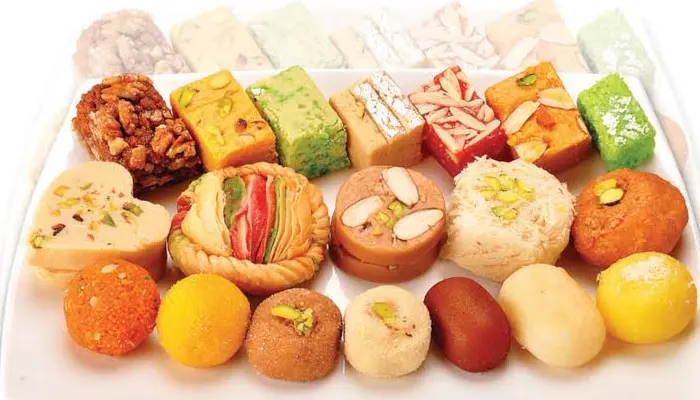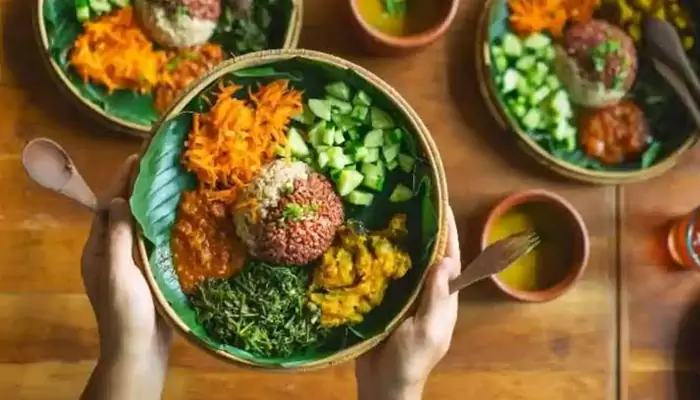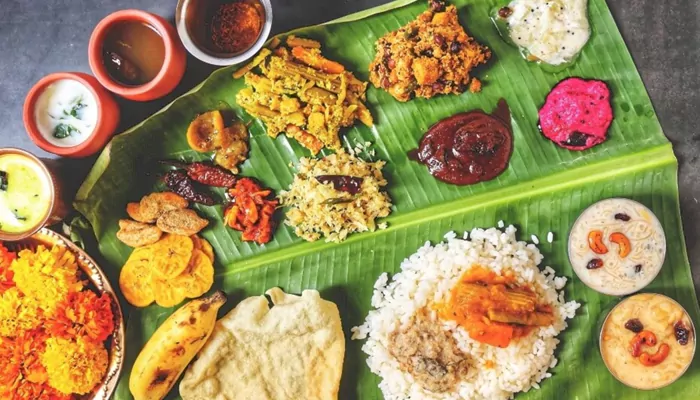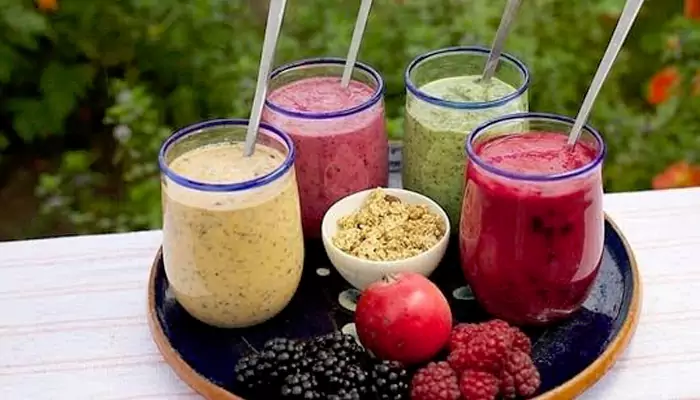
Wok, high heat, quick strirring – all make for great noodles
Just to be clear, we aren’t going to be talking about pasta noodles, but more on pan-Asian noodles, be it rice, e-fu, chowmein or vermicelli noodles. We are aware pasta and noodles are often considered the same, even though their preparation, ingredients are different.
Noodles have carve out their own distinct identity, boasting an extensive repertoire of ingredients ranging from rice and mung beans to buckwheat and wheat flour.
Pre-Soak rice noodles
Before cooking rice noodles, it's a smart move to give them a warm water bath for about 15-20 minutes. This pre-soaking softens them up, cutting down on cooking time later. Plus, it ensures they cook evenly, avoiding that unpleasant chewy texture.
Season the Water
Elevate your noodle game by infusing the boiling water with flavors. Drop in some ginger, garlic, or lemongrass to add an aromatic touch. It's like giving your noodles a flavorful spa treatment before they hit the plate.
Use Tongs or Chopsticks
When handling noodles, ditch the spoon or fork and opt for tongs or chopsticks. This not only prevents noodle breakage but also adds a touch of authenticity to your cooking. Plus, who doesn't love the challenge of mastering chopsticks?

Keep ingredients ready for quick cooking
Stir-frying noodles requires speed and precision. Chop, slice, and prep all your ingredients beforehand, so you can toss them into the wok. Since it is cooked in high heat, leaving it on for too long will result in burnt noodles. Preparation is the secret ingredient to a successful noodle stir-fry.

High quality ingredients make best noodles
Invest in quality soy sauce, sesame oil, and other key ingredients. They might seem small, but they pack a punch when it comes to flavor. Splurging a little on high-quality ingredients can take your noodle dish from good to great.
Play and balance flavours
Amp up the taste by playing with sweet, salty, sour, and umami flavors. Add a dash of sugar for sweetness, a splash of soy sauce for saltiness, a hint of vinegar for sourness, and some mushrooms or fermented sauces for that umami kick.
Fry in batches, don’t overcrowd
Give your noodles some space to dance in the pan. Overcrowding leads to steaming rather than frying, resulting in soggy noodles. Cook in batches if needed, ensuring each noodle gets its moment in the spotlight.
Fresh herbs and citrus for added taste
Brighten up your noodle dish with a burst of freshness. Sprinkle on some Thai basil, cilantro, or mint, and squeeze a bit of lime or lemon juice for that zesty finish. It's like adding a final flourish of color and flavor to your masterpiece.

It’s all about the mix of texture
Texture is key to a satisfying noodle experience. Mix it up with crunchy vegetables, tender proteins, or crispy fried shallots. The interplay of textures adds depth and interest to every bite, keeping your taste buds intrigued.
Spice and season to your liking
Cooking is an art, not a science. Feel free to tweak the seasoning, spice level, and ingredient quantities to suit your palate. After all, the best recipes are the ones that reflect your personal taste and creativity. So, go ahead, make it your own masterpiece!
Stir-fry quickly
If stir-frying noodles, make sure your pan or wok is very hot before adding the noodles and other ingredients. Stir-fry quickly to ensure the noodles don't become soggy.
Use High Heat
Whether stir-frying or boiling, cooking Asian noodles on high heat helps maintain their texture and prevents them from becoming mushy.

